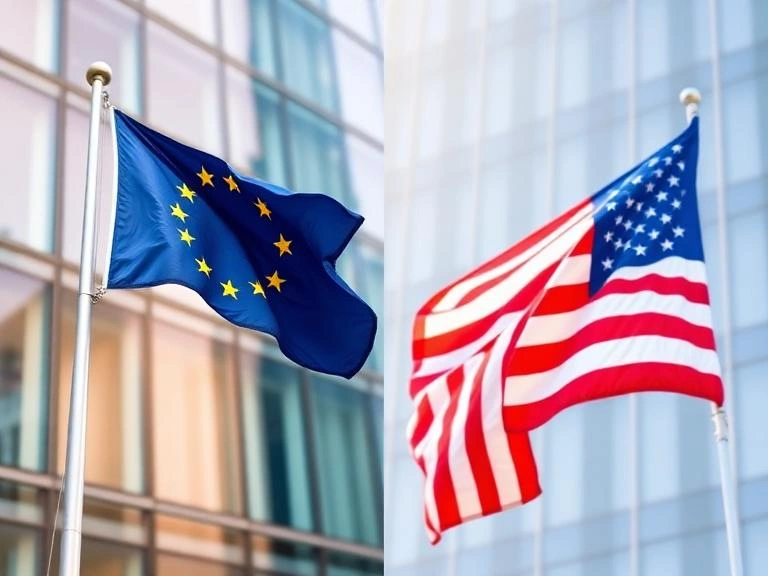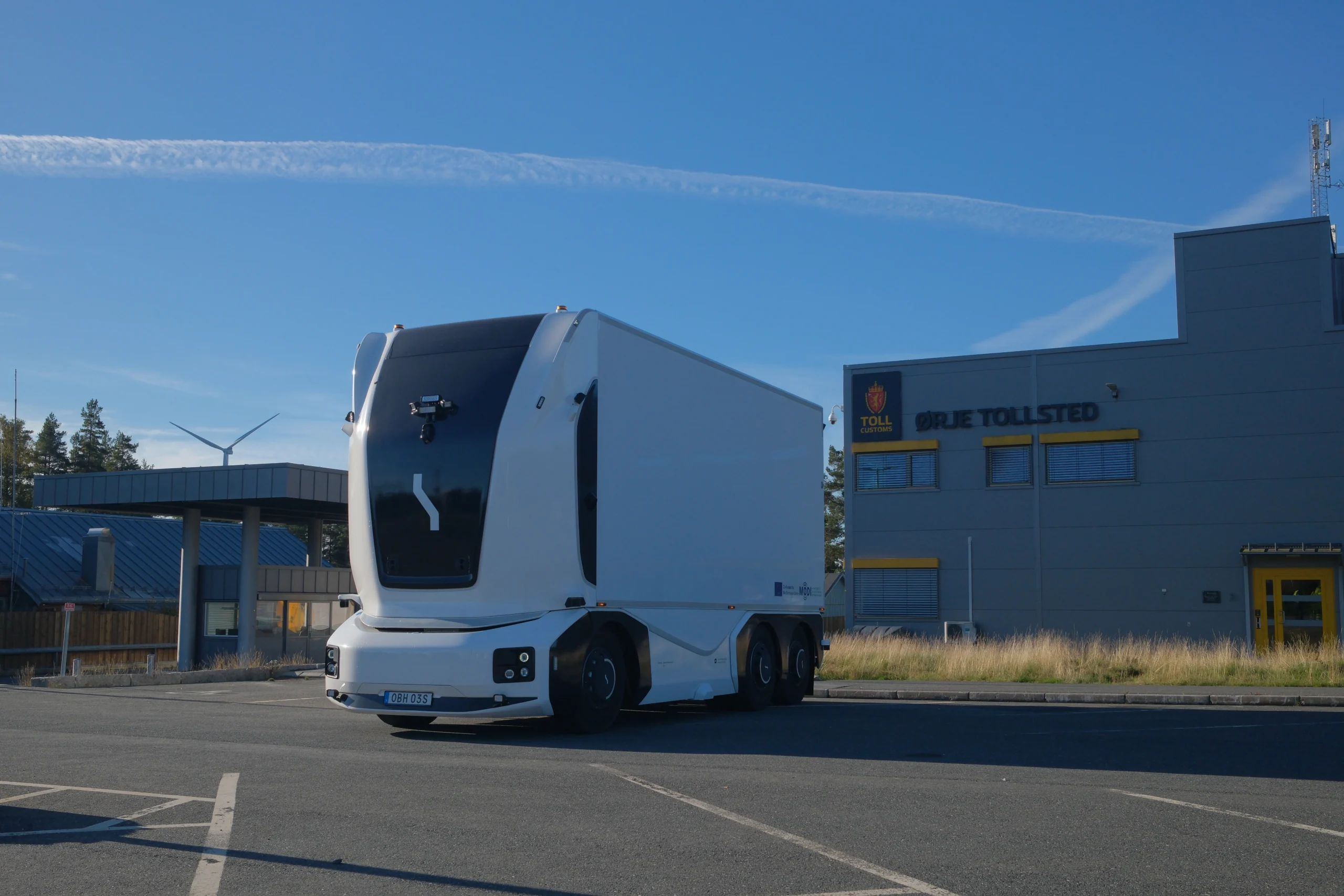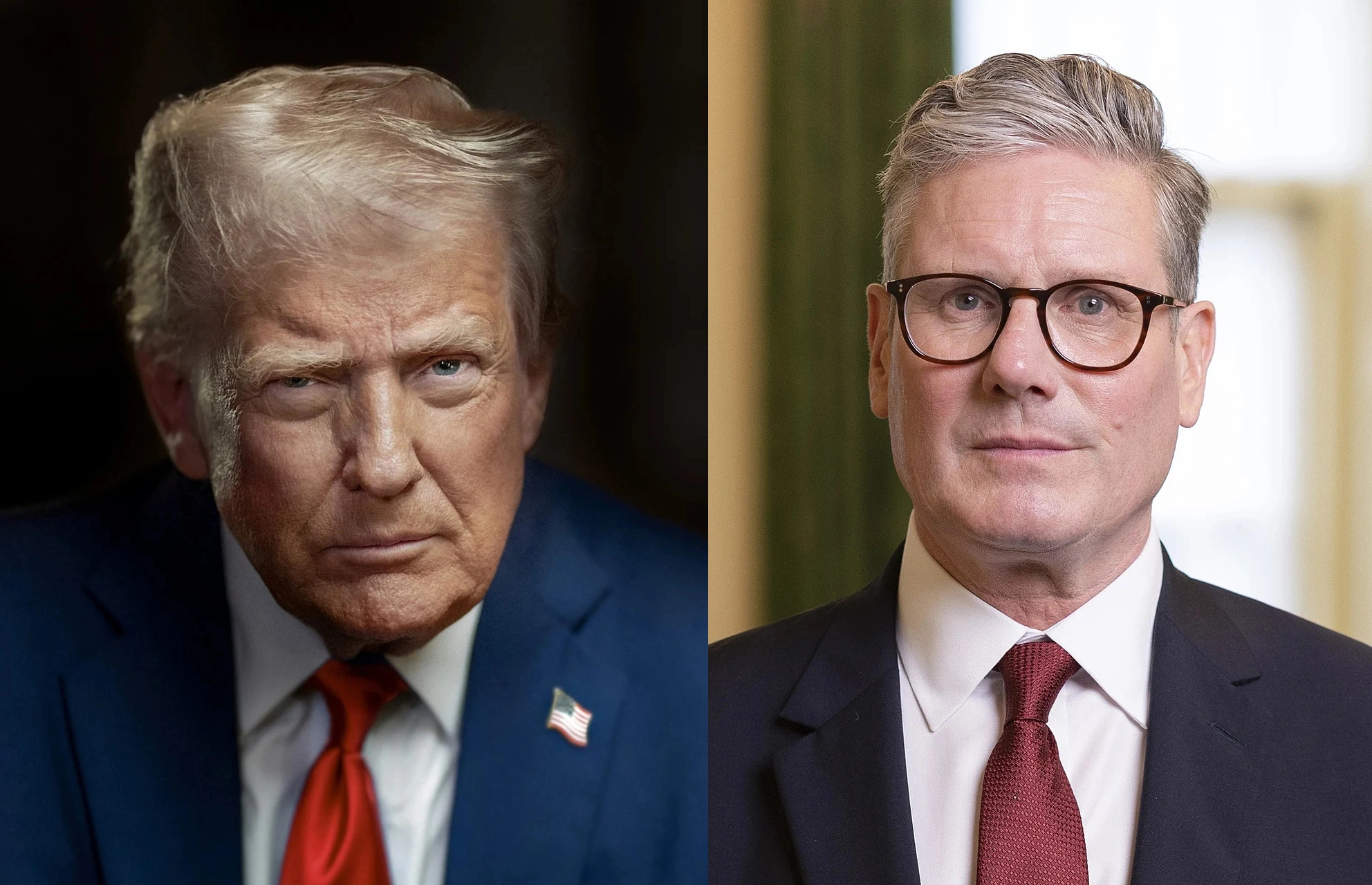How Wi-Fi is delivering positive, global socioeconomic impact

John E. Kaye
- Published
- Home, Technology
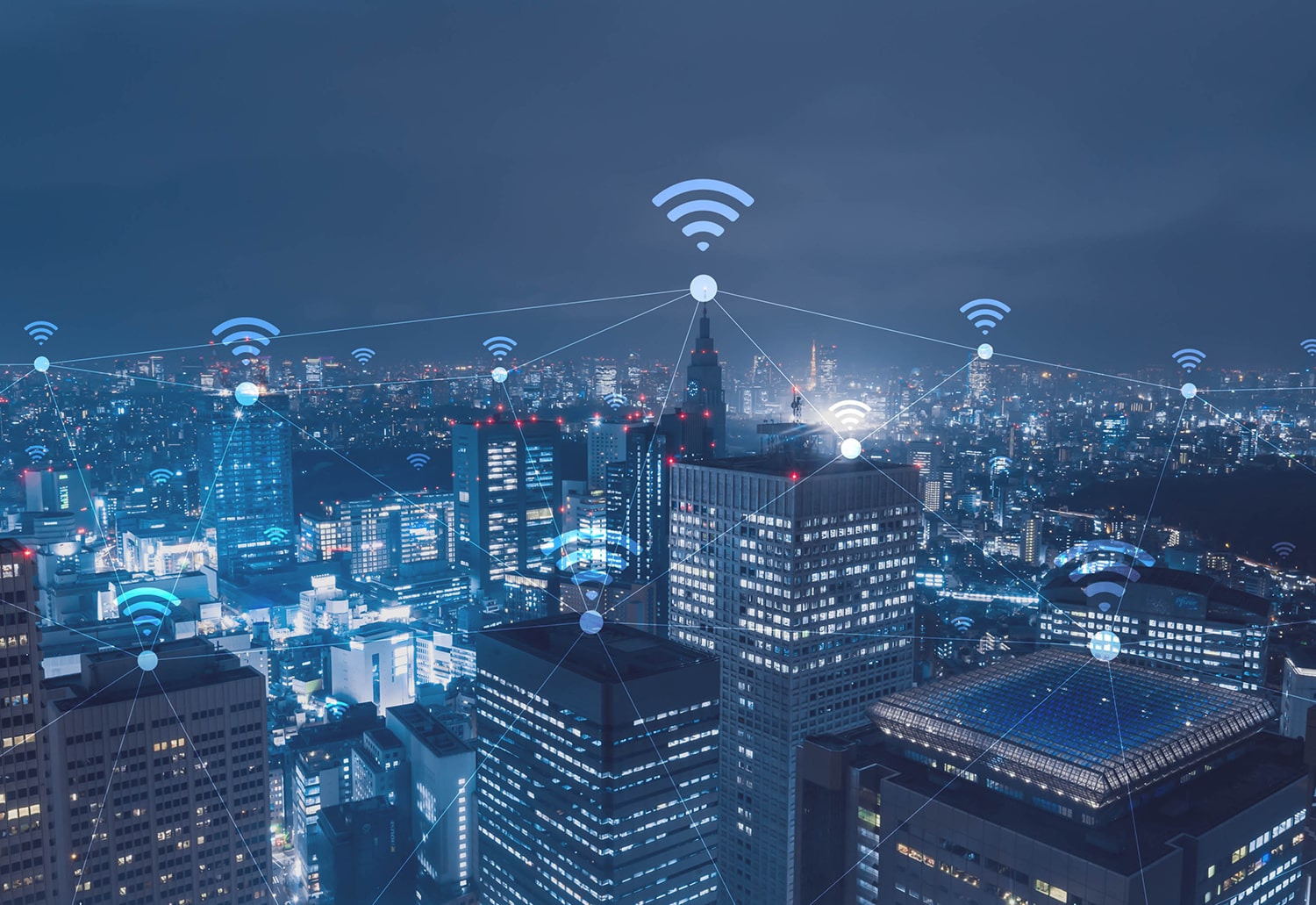
Wi-Fi® remains crucial for almost every aspect of our daily lives – connecting with family, colleagues, teachers, friends and doctors, explains Kevin Robinson, SVP of Marketing at Wi-Fi Alliance
We now rely on internet connectivity every day in the western world – always connected through personal devices in one way or another. It is difficult to imagine what life would be like without Wi-Fi. But what many people don’t realise is that 4 billion people around the world do have to live without it.
Wi-Fi can and will play a crucial role in connecting cities and communities, with huge potential to accelerate socioeconomic development and advance affordable connectivity for the unconnected around the world.
Wi-Fi is evolving, and Wi-Fi Alliance® thanks policymakers around the world who recognise the value of Wi-Fi and made critically needed 6 GHz spectrum available, thus enabling citizens access to enhanced connectivity, innovation, and socioeconomic benefits brought by Wi-Fi 6E.
How Wi-Fi is already improving economic value in the western world
Wi-Fi is one of the great technology success stories, and its economic contribution gives it a leading role as a global economic engine. This was demonstrated in a recent study commissioned by Wi-Fi Alliance®, which estimates the annual global economic value of Wi-Fi will reach more than $3 trillion in 2021, growing to $5 trillion by 2025. This demonstrates a 150% growth from 2018 to 2025.
The 2021 economic value of Wi-Fi in the 27 European Union countries combined is estimated at $457.6 billion and is expected to grow to $637.2 billion by 2025. While the economic value of Wi-Fi in the UK is expected to grow to $109 billion from $99 billion.
Growth in Wi-Fi value in all of these countries has been powered by a boost in Internet of Things (IoT) technology development, the growing adoption of augmented and virtual reality (AR/VR) use cases, and the increasing importance of free Wi-Fi. But perhaps most importantly, the expected growth rates between now and 2025 are predicted upon the basis that more spectrum is allocated for Wi-Fi in all of these countries.
The functional, social and community benefits of Wi-Fi
Beyond the economics, Wi-Fi has benefits that penetrate much deeper into society. From a functional perspective, it has proven essential for businesses and education organisations to continue delivering to customers and students. On a social level, Wi-Fi has been vital for the mental health of many individuals, enabling us to stay connected and maintain relationships with family and friends. And finally, it has allowed us to continue delivering key services and capabilities to remote and underserved areas of the world.
Wi-Fi also provides an important platform for free internet access in developing economies, making it critical to economic resiliency – increasing economic growth, and improving social mobility and computer literacy. For example, KT has been doing some brilliant work in Bangladesh, rolling out high speed Wi-Fi infrastructure in an effort to improve the country’s education with distance learning, healthcare with tele-medicine, and agricultural life in collaboration with the developing country’s government.
Bridging the digital divide
There is no doubt that Wi-Fi helps to improve economic resiliency. Its value will only continue to increase as next generation devices and deployments become available.
Wi-Fi 6E and future generations of Wi-Fi, coupled with access to 6 GHz spectrum, provide the capacity, coverage, and performance required to give quality experiences in demanding environments and will further contribute to Wi-Fi’s economic growth by 2025. As more regulators around the world begin to recognise the socioeconomic value Wi-Fi delivers, the race is on to open the 6 GHz band for Wi-Fi use in more countries around the world.
Wi-Fi operation in 6 GHz will deliver greater capacity, increased bandwidth, and lower latency to provide the connectivity users have come to expect and deserve. The combination of strong Wi-Fi adoption, new technology and additional spectrum will provide connectivity for users where they need it most.
Countries like the UK, among many others, have been leading the way in releasing 6 GHz spectrum for Wi-Fi 6E and now it’s time for other countries to follow suit. Now is the time to bring the world closer together through connectivity.
Sign up to The European Newsletter
RECENT ARTICLES
-
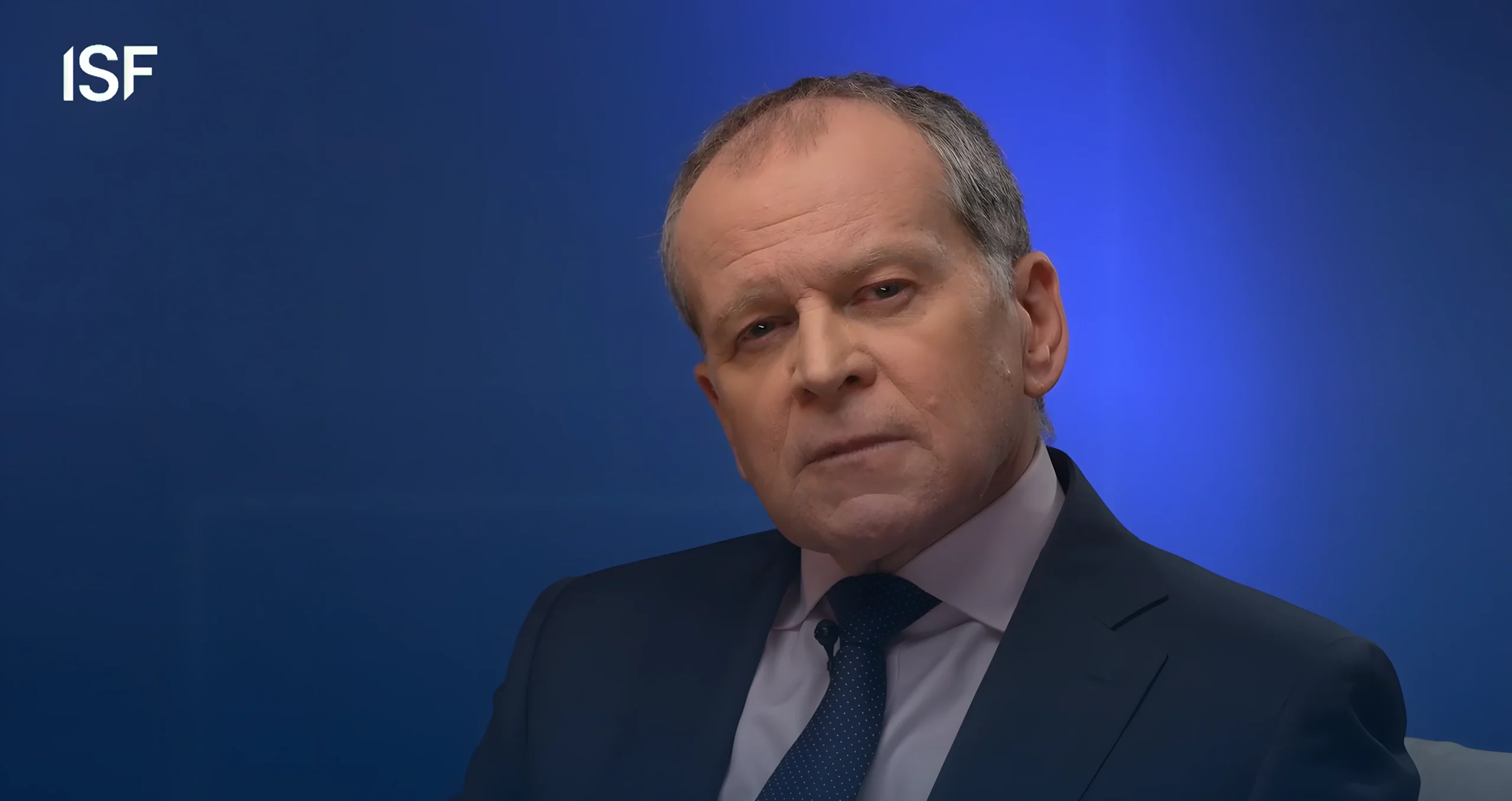 Make boards legally liable for cyber attacks, security chief warns
Make boards legally liable for cyber attacks, security chief warns -
 AI innovation linked to a shrinking share of income for European workers
AI innovation linked to a shrinking share of income for European workers -
 Europe emphasises AI governance as North America moves faster towards autonomy, Digitate research shows
Europe emphasises AI governance as North America moves faster towards autonomy, Digitate research shows -
 Surgeons just changed medicine forever using hotel internet connection
Surgeons just changed medicine forever using hotel internet connection -
 Curium’s expansion into transformative therapy offers fresh hope against cancer
Curium’s expansion into transformative therapy offers fresh hope against cancer -
 What to consider before going all in on AI-driven email security
What to consider before going all in on AI-driven email security -
 GrayMatter Robotics opens 100,000-sq-ft AI robotics innovation centre in California
GrayMatter Robotics opens 100,000-sq-ft AI robotics innovation centre in California -
 The silent deal-killer: why cyber due diligence is non-negotiable in M&As
The silent deal-killer: why cyber due diligence is non-negotiable in M&As -
 South African students develop tech concept to tackle hunger using AI and blockchain
South African students develop tech concept to tackle hunger using AI and blockchain -
 Automation breakthrough reduces ambulance delays and saves NHS £800,000 a year
Automation breakthrough reduces ambulance delays and saves NHS £800,000 a year -
 ISF warns of a ‘corporate model’ of cybercrime as criminals outpace business defences
ISF warns of a ‘corporate model’ of cybercrime as criminals outpace business defences -
 New AI breakthrough promises to end ‘drift’ that costs the world trillions
New AI breakthrough promises to end ‘drift’ that costs the world trillions -
 Watch: driverless electric lorry makes history with world’s first border crossing
Watch: driverless electric lorry makes history with world’s first border crossing -
 UK and U.S unveil landmark tech pact with £250bn investment surge
UK and U.S unveil landmark tech pact with £250bn investment surge -
 International Cyber Expo to return to London with global focus on digital security
International Cyber Expo to return to London with global focus on digital security -
 Cybersecurity talent crunch drives double-digit pay rises as UK firms count cost of breaches
Cybersecurity talent crunch drives double-digit pay rises as UK firms count cost of breaches -
 Investors with €39bn AUM gather in Bologna to back Italy’s next tech leaders
Investors with €39bn AUM gather in Bologna to back Italy’s next tech leaders -
 Axians and Nokia expand partnership to strengthen communications infrastructure across EMEA
Axians and Nokia expand partnership to strengthen communications infrastructure across EMEA -
 Forterro buys Spain’s Inology to expand southern Europe footprint
Forterro buys Spain’s Inology to expand southern Europe footprint -
 Singapore student start-up wins $1m Hult Prize for education platform
Singapore student start-up wins $1m Hult Prize for education platform -
 UK businesses increase AI investment despite economic uncertainty, Barclays index finds
UK businesses increase AI investment despite economic uncertainty, Barclays index finds -
 Speed-driven email security: effective tactics for phishing mitigation
Speed-driven email security: effective tactics for phishing mitigation -
 Short circuit: humanoids go for gold at first 'Olympics for robots'
Short circuit: humanoids go for gold at first 'Olympics for robots' -
 New IBM–NASA AI aims to forecast solar flares before they knock out satellites or endanger astronauts
New IBM–NASA AI aims to forecast solar flares before they knock out satellites or endanger astronauts -
 AI is powering the most convincing scams you've ever seen
AI is powering the most convincing scams you've ever seen


